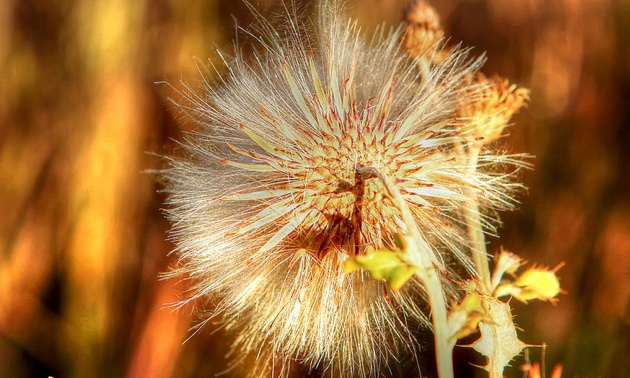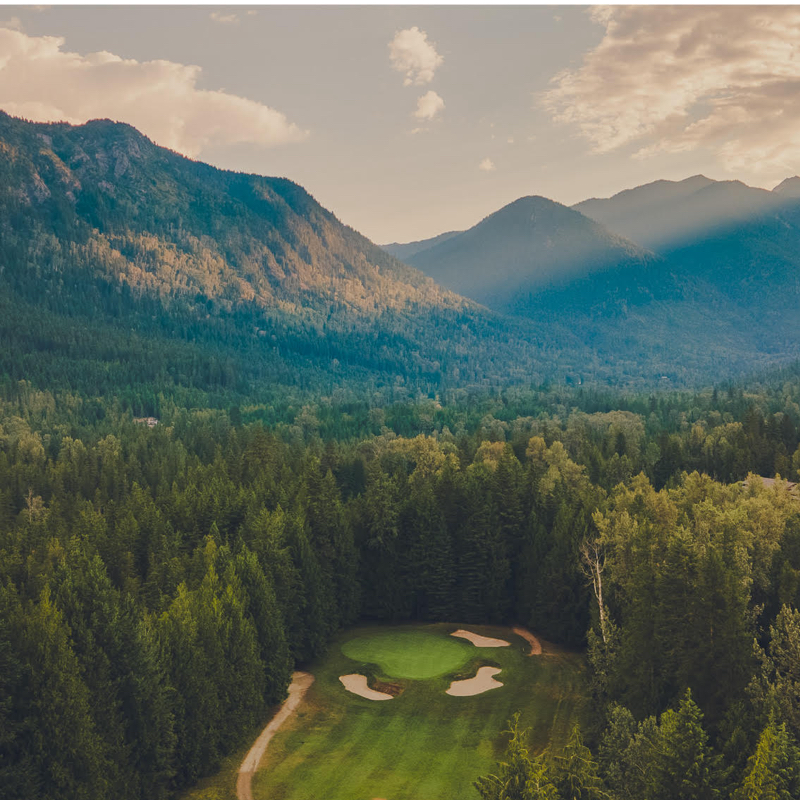Keeping an open eye
Fort Qu’Appelle has plentiful waterscapes

Dianne Mursell has always been interested in photography and yearned for the day she would have time to delve deeper into it. Once her children were grown, Mursell’s interest blossomed into a full-blown passion and a new career.
She set off on a quest to learn as much as she could about the art of photography and the inner workings of her camera. While Mursell loved the many workshops and field trips she took, she said there’s no better lesson than simply picking up your camera and taking pictures.
“You can take all the classes in the world,” said Mursell, “but if you never pick up the camera and go use it, you forget. It’s a skill like anything else and you have to use it and keep using it if you want to get better.
“The first time I went out to take pictures of the Northern Lights,” said Mursell, “the pictures were horrible. But you keep going and you learn from your mistakes.”
Living on an acreage in Regina Beach, Saskatchewan, located just north of Regina, Mursell has plenty of natural beauty on her front doorstep to keep her clicking all day. But it’s her love of the province of Saskatchewan as a whole that has her venturing forth to explore new places and to find new images to capture.
“The name of my business is Prairie Life Photography, and I pretty much try to travel wherever I can in the province—simply for the joy of taking pictures and capturing prairie life at its best,” said Mursell. “Pictures of old homesteads, churches, wildlife, the people, just everything. I just love Saskatchewan and seeing the things that many others don’t see because they may be zipping down the highway and don’t take the time necessary to get off the highway and explore.”
It was one such exploration that first took her to Fort Qu’Appelle, located deep in the Qu’Appelle Valley, 70 kilometres from Regina between Echo and Mission Lakes.
“The trees, the hills, the water—they are all so appealing to me,” she said. “I find each part of Saskatchewan has its own uniqueness to it, but the Qu’Appelle Valley is particularly special. It has its own varieties of wildlife, its own varieties of plant life and its own history. It’s just such a mixture. As a photographer it gives me so much to work with. I really love going out there.”
Mursell likes to photograph landscapes, light and water, which remind her of her Ontario roots, as well as the tiny details that most people overlook.
“When I first went to Fort Qu’Appelle I discovered the village of Lebret, less than six minutes away by car along Mission Lake, and I discovered the little cemetery there,” said Mursell. “It was late in the day and the sun was reflecting off the water onto all these old, beautifully detailed crosses that would cast these amazing shadows. So it’s those kinds of things that draw me in.”
Mursell’s biggest piece of prairie photography advice is this: Don’t let yourself be tied down to just the big sky and wheat fields.
“Open yourself to what you might see,” said Mursell, “and look to the details to provide you with some stunning images.”
She also advises people to take the shot they’re looking to capture from many different angles, even if it means having to get down on the ground.
“Take as many as you can possibly think of,” said Mursell, “because you don’t want to get home and discover that you didn’t quite get what you wanted.”
The skiing area and golf course at Fort Qu’Appelle both offer unparalleled views of the lake. You can stop right off the road and get a deep valley shot, or go down by the water and get shots of the wildlife that surround it, including pelicans, geese, ducks, deer, fox and coyotes. Just be aware that Fort Qu’Appelle has some rugged terrain.
Mursell said photographers must always be aware of the light and know when sunset will occur. In the Qu’Appelle Valley the hills can sometimes mean you are robbed of light much sooner than you would expect in a Saskatchewan setting.
“When it goes down behind the hills it goes down quickly,” she said, “so if it’s a valley shot you want, just be sure you’re always keeping an eye on the light. It can get quite dark there in the blink of an eye.”
Mursell said taking photos is always a learning experience and to take a good picture you must have an open mind and an open eye.
“I’m always on the lookout and I always have my camera with me,” said Mursell. “Because the one time that I don’t is when I’ll see the perfect thing to photograph. If I don’t have my camera with me, who knows when I’ll ever see that same thing again?”






